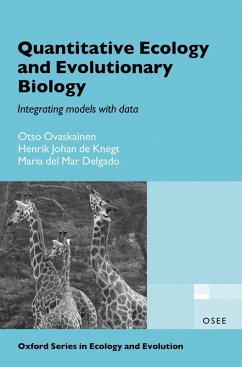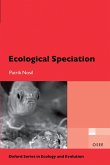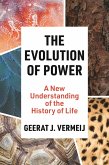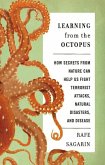This novel, interdisciplinary text achieves an integration of empirical data and theory with the aid of mathematical models and statistical methods. The emphasis throughout is on spatial ecology and evolution, especially on the interplay between environmental heterogeneity and biological processes. The book provides a coherent theme by interlinking the modelling approaches used for different subfields of spatial ecology: movement ecology, population ecology, community ecology, and genetics and evolutionary ecology (each being represented by a separate chapter). Each chapter starts by describing the concept of each modelling approach in its biological context, goes on to present the relevant mathematical models and statistical methods, and ends with a discussion of the benefits and limitations of each approach. The concepts and techniques discussed throughout the book are illustrated throughout with the help of empirical examples. This is an advanced text suitable for any biologist interested in the integration of empirical data and theory in spatial ecology/evolution through the use of quantitative/statistical methods and mathematical models. The book will also be of relevance and use as a textbook for graduate-level courses in spatial ecology, ecological modelling, theoretical ecology, and statistical ecology.
Dieser Download kann aus rechtlichen Gründen nur mit Rechnungsadresse in A, B, BG, CY, CZ, D, DK, EW, E, FIN, F, GR, HR, H, IRL, I, LT, L, LR, M, NL, PL, P, R, S, SLO, SK ausgeliefert werden.









